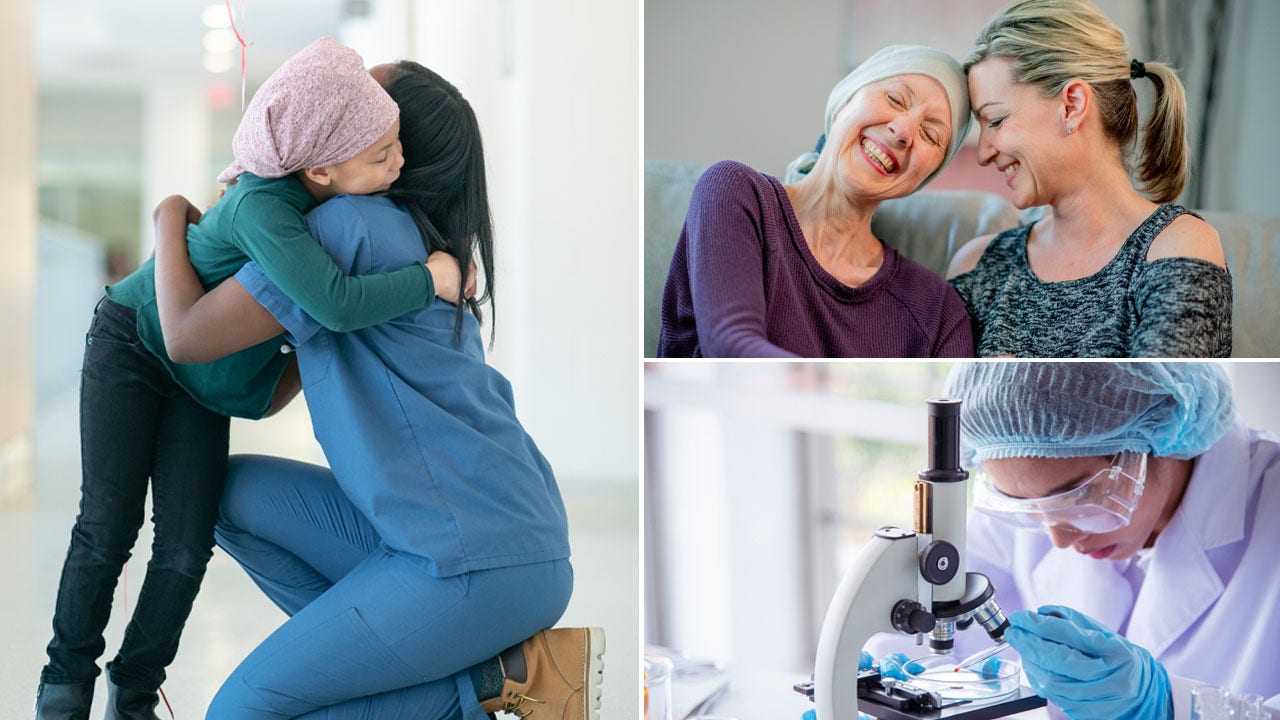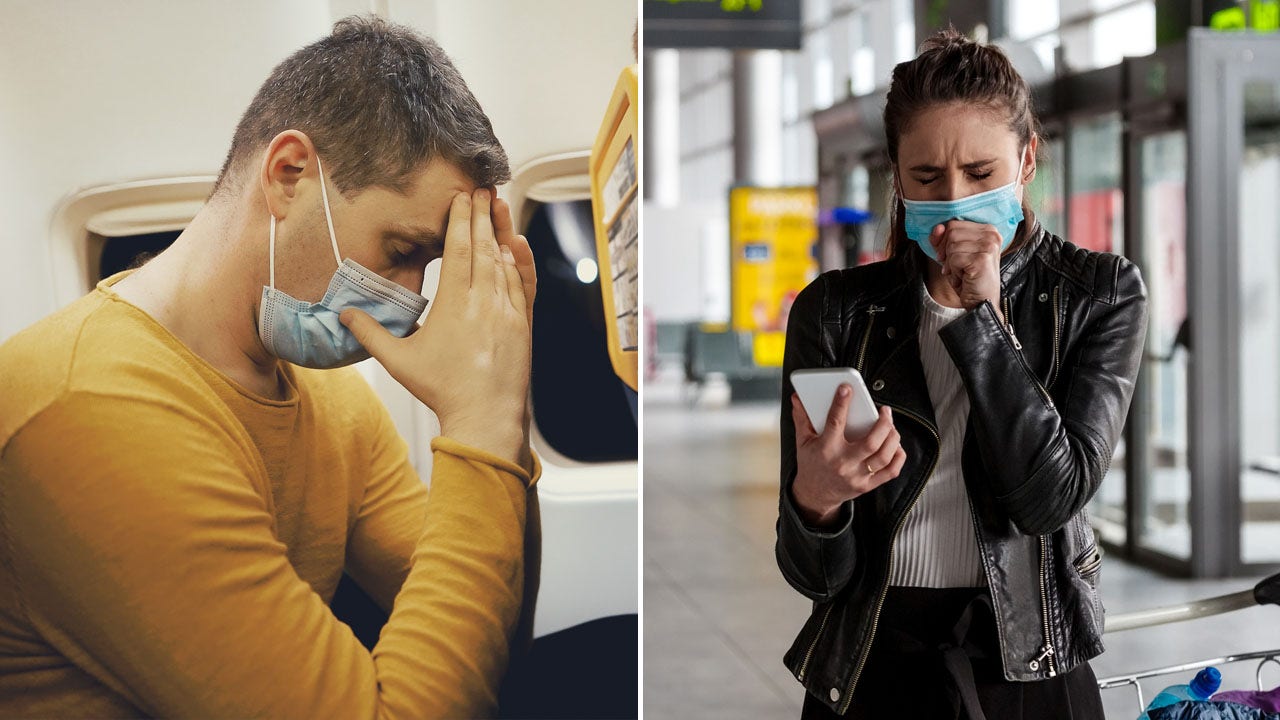Quebec will soon have 1,000 defibrillators available in public spaces. Here’s why that matters
The Quebec government is spending $2 million to purchase 900 new automated external defibrillators (AEDs) that will be installed in key public spaces across the province over the next three years.
The project, done in partnership with the Jacques-de-Champlain Foundation, follows a brief pilot project in February that saw the installation of 100 AEDs near ATMs in several banking institutions.
An AED is used to deliver an electric shock to the heart that jolts it back into action or back into a normal rhythm.
Health Minister Christian Dubé says the sooner the device can be used, the better the chances of survival.
“In the event of cardiac arrest, the first few minutes are crucial,” he said in a Monday release announcing the government grant.
WATCH | How to use a public defibrillator:
Featured VideoAdvocates say the $2 million the province is spending on public defibrillators is money well spent, as they can save lives, especially when emergency services take too long to respond.
Jean-Philippe LaRose, a Montreal father of three and a researcher for Radio-Canada’s television satirical show Infoman, says he’s living proof that AEDs save lives.
He was only 37 when he went into sudden cardiac arrest while playing hockey — a sport he’d played almost every week since he was 15.
“About 15 minutes before the end of game, I felt dizzy and I just fell on the ground,” he said of the 2017 incident.
LaRose says what came next is a “big black hole” in his memory.
Later, he’d learn he’d been clinically dead for seven minutes before one of his friends managed to bring back his pulse with the use of CPR and an AED — one that had been installed in the gym just two months prior to the incident.
“It’s the AED that saved my life,” he said.
Now, almost six years later, LaRose can’t enter a crowded space, such as a restaurant, without noting whether it has an AED. He says Quebec needs more of them in these types of places, including grocery stores.
“It’s really simple to use it and when you know how to use it, you [can] save lives really quickly,” he said.
App to find nearest AED
Approximately 10,000 people suffer from cardiac arrest in Quebec each year, the Health Ministry says.
In 2009, Dr. François de Champlain’s father was one of them. It happened as he was cycling in Quebec’s Eastern Townships.
“Someone stopped and did CPR and that was great, but no one knew actually that there was a defibrillator about 200 metres away. Not even the call taker at 911,” de Champlain said.
His father died before an ambulance got to the scene — some 27 minutes after the call.

That situation prompted de Champlain, an emergency physician and trauma team leader at the McGill University Health Centre (MUHC), to create the Jacques-de-Champlain Foundation, a charitable organization dedicated to increasing the survival rate of cardiac arrest victims by optimizing access and use of AEDs.
According to the foundation, the survival rate for someone suffering from cardiac arrest decreases by seven to 10 per cent for each passing minute before defibrillation,
Meanwhile, if CPR is begun and a defibrillator is used in less than five minutes following a cardiac arrest, the chances of survival increase to 75 per cent.
That’s why, in recent years, the foundation created a free mobile application which, using geolocation, allows its users to locate the nearest AED to them on a map. The app, called DEA-Québec, also provides step-by-step directions on how to use the device.
The app uses data from the foundation’s provincial AED registry, which aims to document information about all the AEDs located in public places in Quebec. The data is also integrated within the software of 911 call centres so that responders can direct callers to the closest device.
“We’re kind of chasing the AEDs across the province,” de Champlain said, saying the work is done by volunteers.
Some 6,500 AEDs are currently listed on the registry and app users can register new ones themselves.
The Quebec government is allocating another $1.5 million to support these kinds of technological activities at the foundation.
‘You can’t go wrong’ using an AED
De Champlain says while many people might feel uncomfortable or scared to use an AED on someone, “you can’t go wrong” using one.
If you’re unsure whether someone is actually in cardiac arrest, the electrodes you stick on their chest will be able to tell you.
“It’s the machine that will decide if an electric shock to restart the heart is warranted or not,” he said, adding it will only provide the shock if it’s required.
“So you can never do wrong. You can never put someone else’s life in danger.”
In Montreal, the average wait time for an ambulance for someone in cardiac arrest is about eight minutes. De Champlain says the only dangerous move is waiting too long to act.
“Anyone that keeps their nerve in a situation like that can save a life and be the hero of the day,” he said.
He says the locations of the new AEDs have yet to be confirmed, but the ideal spaces will be those with long hours of operation and that are well-known and easily accessible, such as dépanneurs, coffee shops, city buildings and even outside walls.



